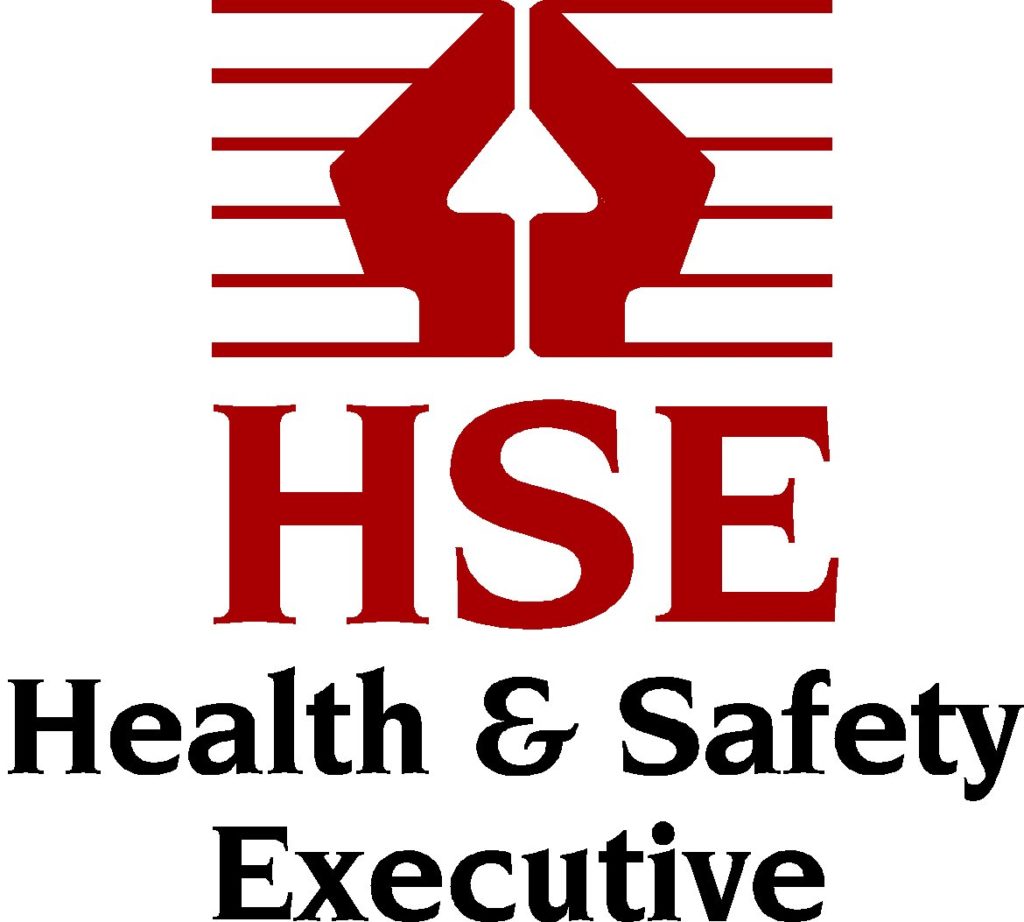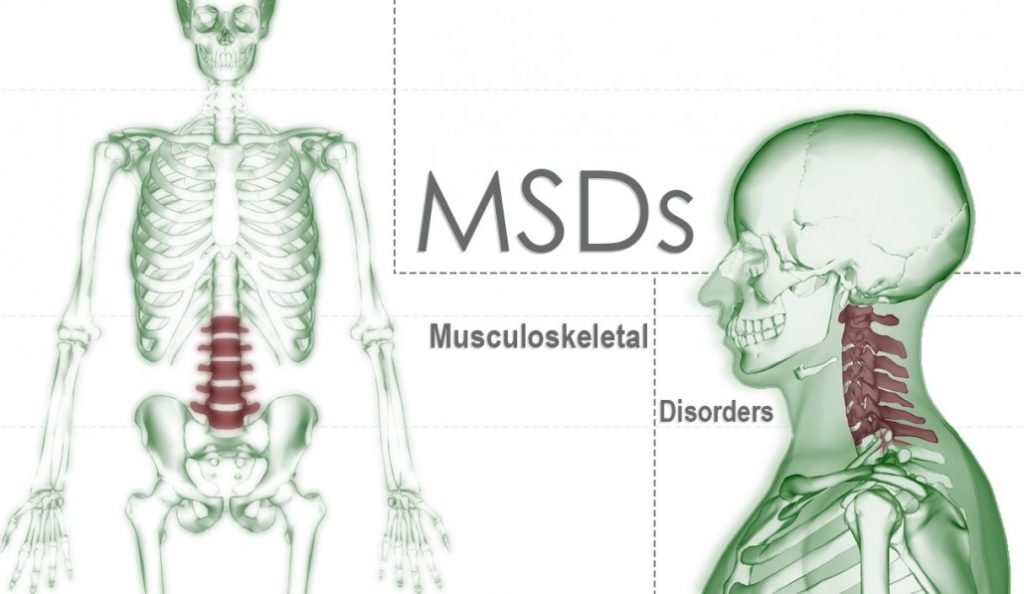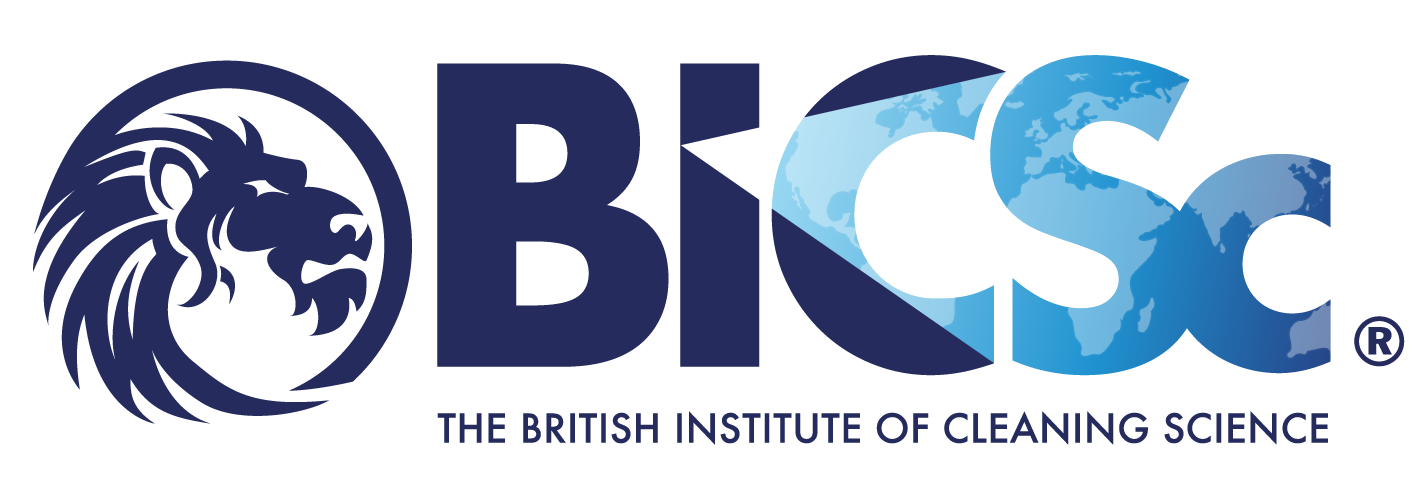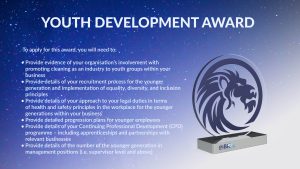
26 Nov The HSE are shining a light on Musculoskeletal Disorders (MSDs)
The Health & Safety Executive asks BICSc for help with compiling company data on Musculoskeletal Disorders (MSDs).
Over the three years between April 1st 2015 and March 31st 2018, there were 269 lifting and handling injuries reported concerning workers in the cleaning sector. Nationally the number of reportable work-related MSDs across all hit 498,000 in 2018/19.
Health & Safety Statistics 2018/19
Reducing any injuries at work must be a priority for us all. To understand better why these injuries occur in such numbers is critical to seeking the right solutions for incidents that affect so many people.
The Health & Safety Executive (HSE) has stated “as part of the development of the Health and Work Strategy covering Musculoskeletal Disorders, HSE would like to collect some initial data on what MSD issues are occurring in the cleaning industry association or company. This data is just a broad look at issues that occur in your work area and will not form part of HSEs official statistics”.

BICSc wants to support this endeavour and is asking its members should they hold MSD workforce data to share it confidentially with BICSc and the HSE. To reiterate the HSE have clearly stated data will not form any statistics but help focus efforts to reduce injuries in the most efficient way.

What should your MSD data provide?
The data format is not an issue if the key findings are clear, and the data is real and sufficient. It should indicate the numbers of MSD injuries the organisation is aware of which is directly connected to work activity. This could be a pain in the wrist or back due to concentrated effort to these areas as a result of work activities.
Members can send their data direct to BICSc who will forward to the HSE.
In doing so, they are supporting a national initiative to reduce injury at work.
Contact: James.marston@bics.org.uk
More information about Musculoskeletal Disorders (MSDs)
The term musculoskeletal disorders (MSDs) covers any injury, damage or disorder of the joints or other tissues in the upper/lower limbs or the back.

Upper limb disorders (ULDs)
The term upper limb disorders (ULDs) is used as an umbrella term for a range of disorders of the hand, wrist, arm, shoulder and neck. It covers those conditions, with specific medical diagnoses (e.g. frozen shoulder, carpal tunnel syndrome), and other conditions (often called ‘repetitive strain injury’ or RSI) where there is pain without specific symptoms. Symptoms may include pain, swelling and difficulty moving.
Lower limb disorders (LLDs)
Lower limb disorder (LLD) is used for a range of disorders of the hips, legs, knees, ankles and feet. It covers those conditions with specific medical diagnoses (e.g. osteoarthritis of the knee and hip) and other conditions where there is pain without specific symptoms. Symptoms may include pain, swelling and difficulty moving.
Display screen equipment (DSE)
DSE includes all the potential issues that may result from using display screen equipment, which used to be referred to as VDUs (visual display units) and includes use of computer equipment in both the workplace and at home if you are a home-worker. ULDs, headaches and visual problems can all be associated with working at a poorly designed workstation.
Manual handling
Manual handling covers a wide variety of tasks including lifting, lowering, pushing, pulling and carrying. Injuries can occur almost anywhere when people are at work or home, and for many reasons like heavy loads or awkward postures. In addition, previous or existing injury can increase the risk.
Early reporting of symptoms, proper treatment and a suitable return to work plans can help most people recover from their injuries and return to work. However, some people may need to take long periods off work and possibly even leave work entirely. The injured person may find that their lifestyle, leisure activities, ability to sleep and job prospects are affected.











